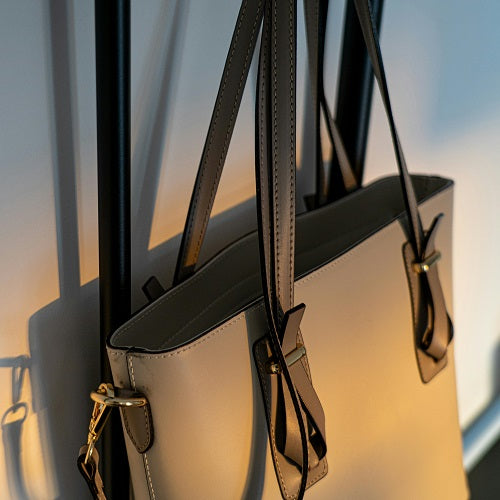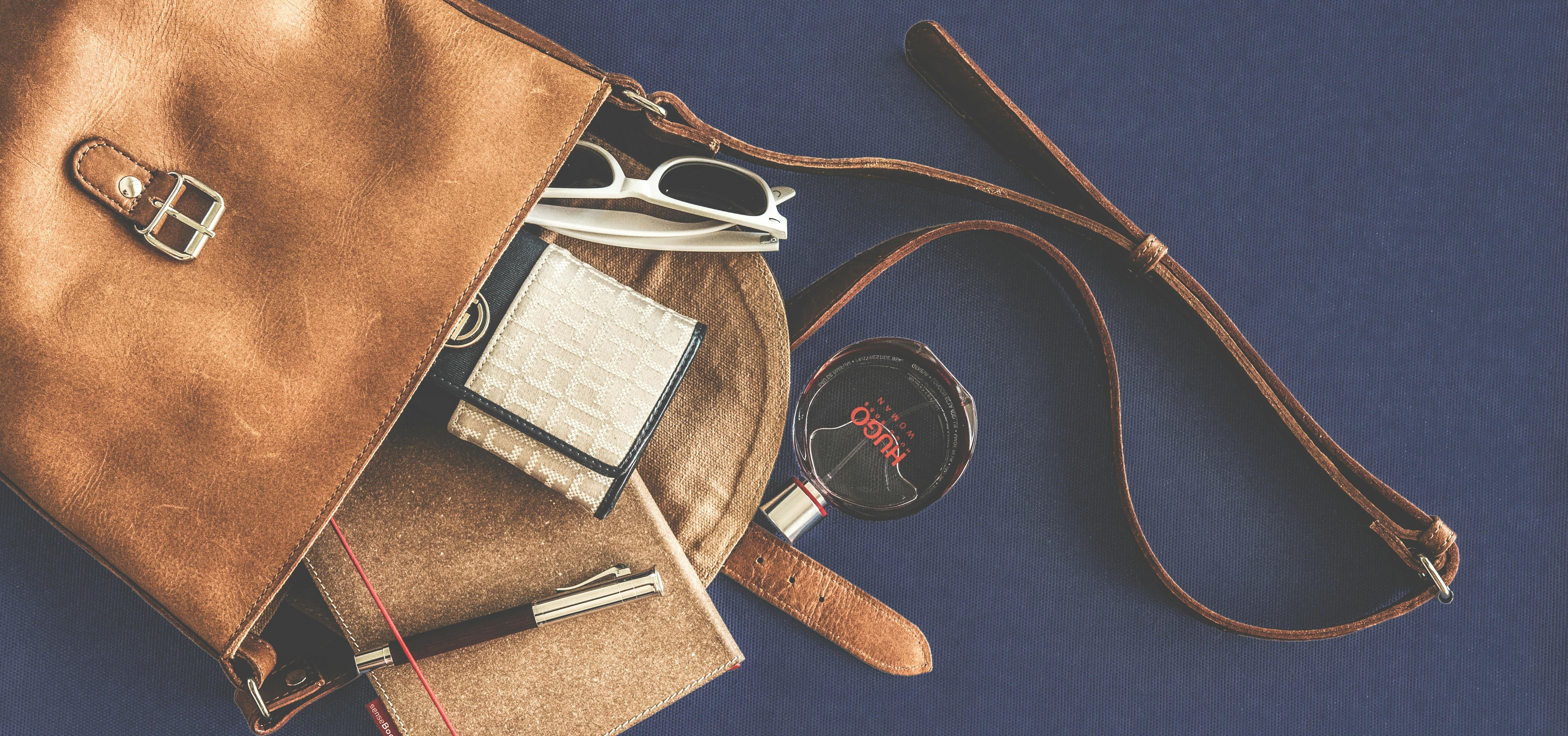Where is leather produced?
Leather primarily originates from the hides or skins of animals, typically from mammals such as cattle (cows), sheep, goats, and pigs. These animals are raised for various purposes, including meat and dairy production. Once the animals are processed for their meat, their hides are treated and processed to produce leather. Additionally, exotic leather sources may include animals like alligators, crocodiles, snakes, and ostriches. The leather industry relies on the utilization of animal hides as raw materials, which are transformed through tanning and processing into the leather used in various products such as shoes, bags, clothing, upholstery, and accessories.
Leather Production Around the Globe
Currently, the top six countries in leather tanning production are China, Italy, India, Brazil, Korea, and Russia. These nations often source hides locally, which are then shipped abroad for processing. For instance, a UK-based company might procure leather from China, transport it in temperature-controlled containers to Italy for renowned tanning techniques, and subsequently import the finished leather back to the UK for distribution. Despite the prominence of other nations in leather production, China alone accounts for 80% of the world's leather product output.
Historical Insights into Leather
Historical analyses of leather have revealed a diverse range of animal sources utilized for their skins in ancient times, including squirrels, rabbits, beavers, goats, deer, camels, and even alpacas. In earlier civilizations, every part of the animal was utilized for sustenance, tools, and shelter, leading to the utilization of animal skins. As agriculture and livestock practices evolved alongside technological advancements, the groundwork for modern leather tanning was laid. During the Middle Ages, leather found extensive use in various items such as footwear, apparel, bags, cases, trunks, and saddles. It also served military purposes, with numerous leather artifacts recovered from historical sites like the Tudor ship, the Mary Rose, which sank in 1545.

Types of Leather
Research indicates that the majority of leather—65%—is sourced from cows, followed by sheep at 15%, pigs at 11%, and goats at 9%. Other animal sources collectively contribute less than 0.2% of the total leather supply. However, some of the most distinctive and captivating leather products stem from lesser-known and unconventional hides.
Cowhide reigns as the most prevalent leather type today. Being a byproduct of the meat and dairy industries, cowhide is widely accessible globally and is revered for its durability. With a weight ranging between 1 and 12 ounces, cowhide proves ideal for handbags, jackets, coats, and furniture due to its robust nature.
Sheepskin ranks as the second most common leather after cowhide, often tanned with the fleece intact, lending it excellent draping qualities suitable for jackets and clothing. Its fleece also makes it a popular choice for slippers and rugs.
Pig leather boasts a denser texture compared to other animals, offering comfort and water resistance, making it a favored material for gloves, shoes, and sportswear.
Goatskin, known for its thinness and supple texture, is frequently used for gloves, bags, and rugs, offering ease of manipulation and a luxurious feel.
Exotic leathers like snake, alligator, and crocodile are prevalent in Asia but raise ethical concerns due to their non-byproduct status and potential impact on endangered species. Ostrich skin, prized for its unique texture, is favored by some designer labels and mainly sourced from Africa, where ostriches are utilized for their feathers, meat, and eggs as well.
Tanning Methods
Various methods are employed to tan animal hides for leather production, with chrome tanning and vegetable tanning being the most common. Chrome tanning utilizes chemicals, acids, and salts to dye the leather, resulting in more affordable products. Conversely, vegetable tanning, which involves the use of tree bark and tannin, produces higher-quality but pricier leather goods due to its more intricate and time-consuming process. For detailed insights into our vegetable tanning process, please visit our website.
Treatment and Preservation
Given that leather is a natural material, it requires proper preservation and conditioning to maintain its integrity. Numerous products are available to prolong the lifespan of leather. Acid-treated leather is more susceptible to red rot, which alters the leather's texture irreversibly. While this change cannot be undone, treatments can be applied to mitigate further damage.
Ethical Considerations
Leather finds application in diverse products such as car seats, footballs, horse saddles, and handbags due to its durability and unique finish, challenging to replicate with synthetic materials. Many consumers are comfortable purchasing leather goods, as leather is typically a byproduct of the meat and dairy industries. However, individuals adhering to vegan or vegetarian lifestyles may prefer to avoid leather products and opt for "vegan" leather alternatives. It's worth noting that while "vegan leather" suggests an environmentally friendly substitute, certain types may pose greater environmental risks than genuine leather.



